The Highland Dress and the Bagpipes - Then and Now
The Highland Dress and the Bagpipes are two of the most famous symbols of Scotland, but what is their story and how have they been adapted to contemporary fashion?
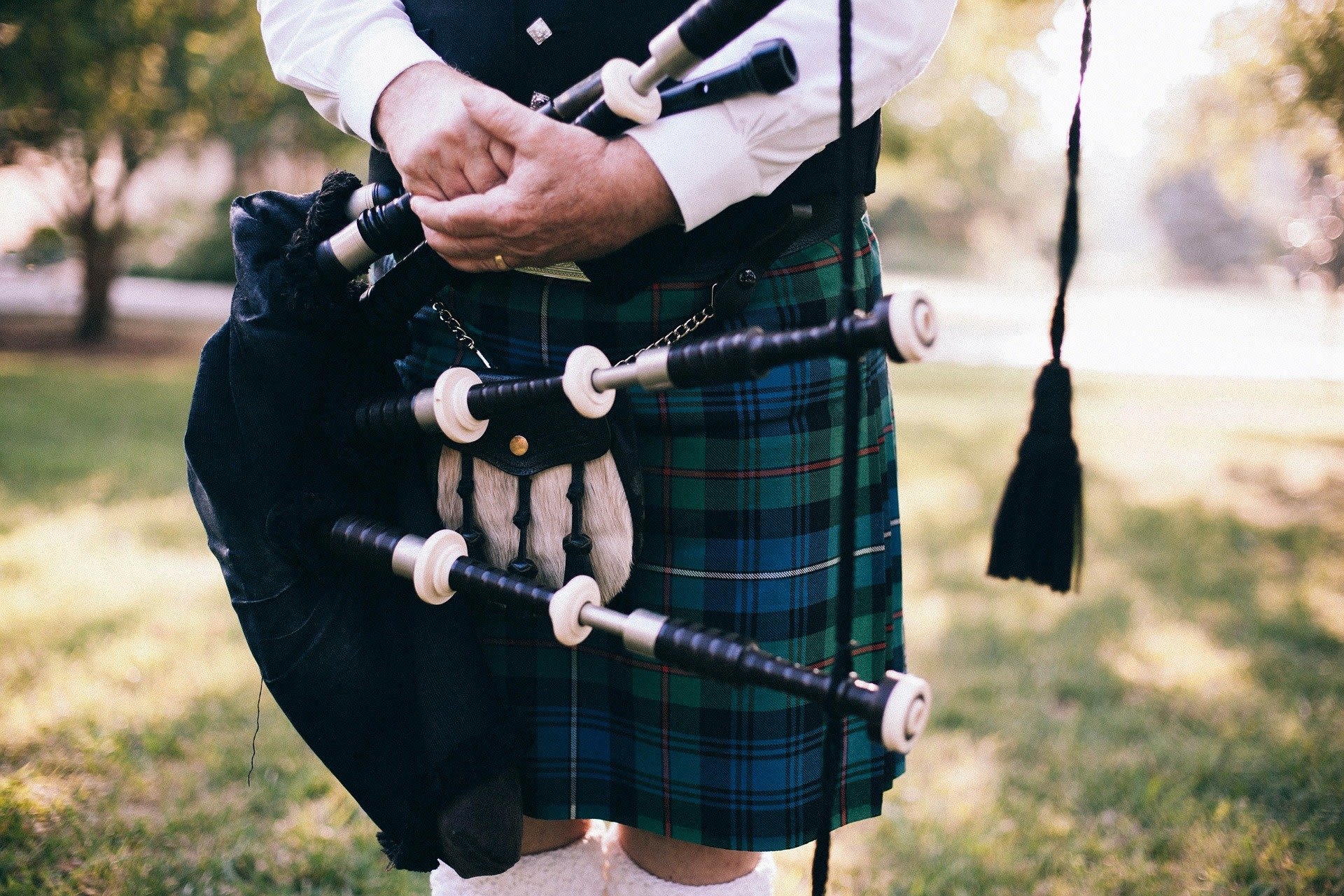
When they think "Scotland", people mostly imagine two things: kilts and bagpipes. Although this is a stereotype, these are certainly two symbols that are crucial to the history and the national identity of the country.
The kilt is the most iconic item of the Highland Dress. "Real Scotsmen" wear this item of national tradition with pride, to honour their heritage. Worn at military parades, weddings and other events, the Highland Dress is a timeless outfit, that has recently been turned into contemporary fashion wear.
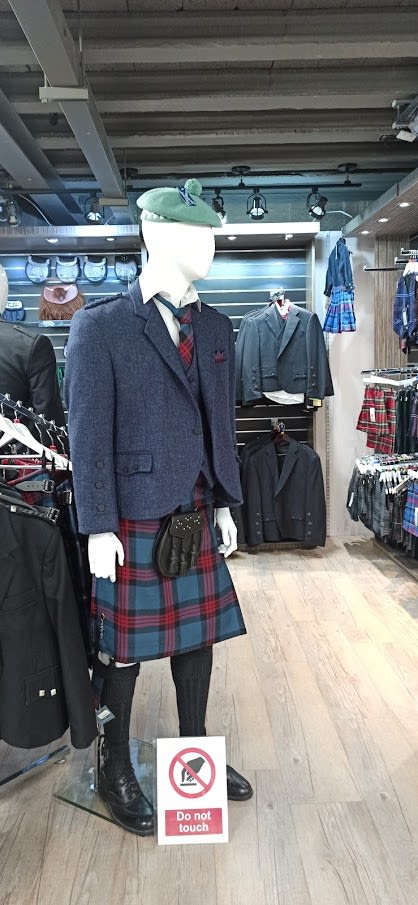
Contemporary kilt style matched with a tweed jacket, a perfect alternative look for a night out or a casual event. Photo from the Tartan Weaving Mill
Contemporary kilt style matched with a tweed jacket, a perfect alternative look for a night out or a casual event. Photo from the Tartan Weaving Mill
But how much do we know of this Scottish tradition? Here's a brief history of the garment:
The kilt has its roots in the traditional clothes worn by men in the Highlands around the 16th century and is a skirt-like piece with pleats. The kilt has later become associated with the Gaelic and Celtic cultures.
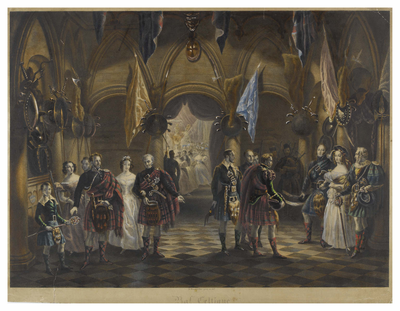
Bal Celtique A group of men and women gather to talk in the reception area in the Assembly Rooms. The men are dressed in full highland costume and the women wear long fancy dresses(1837). - ©City of Edinburgh Council – Edinburgh Libraries. Capital Collection: www.capitalcollections.org.uk
Bal Celtique A group of men and women gather to talk in the reception area in the Assembly Rooms. The men are dressed in full highland costume and the women wear long fancy dresses(1837). - ©City of Edinburgh Council – Edinburgh Libraries. Capital Collection: www.capitalcollections.org.uk
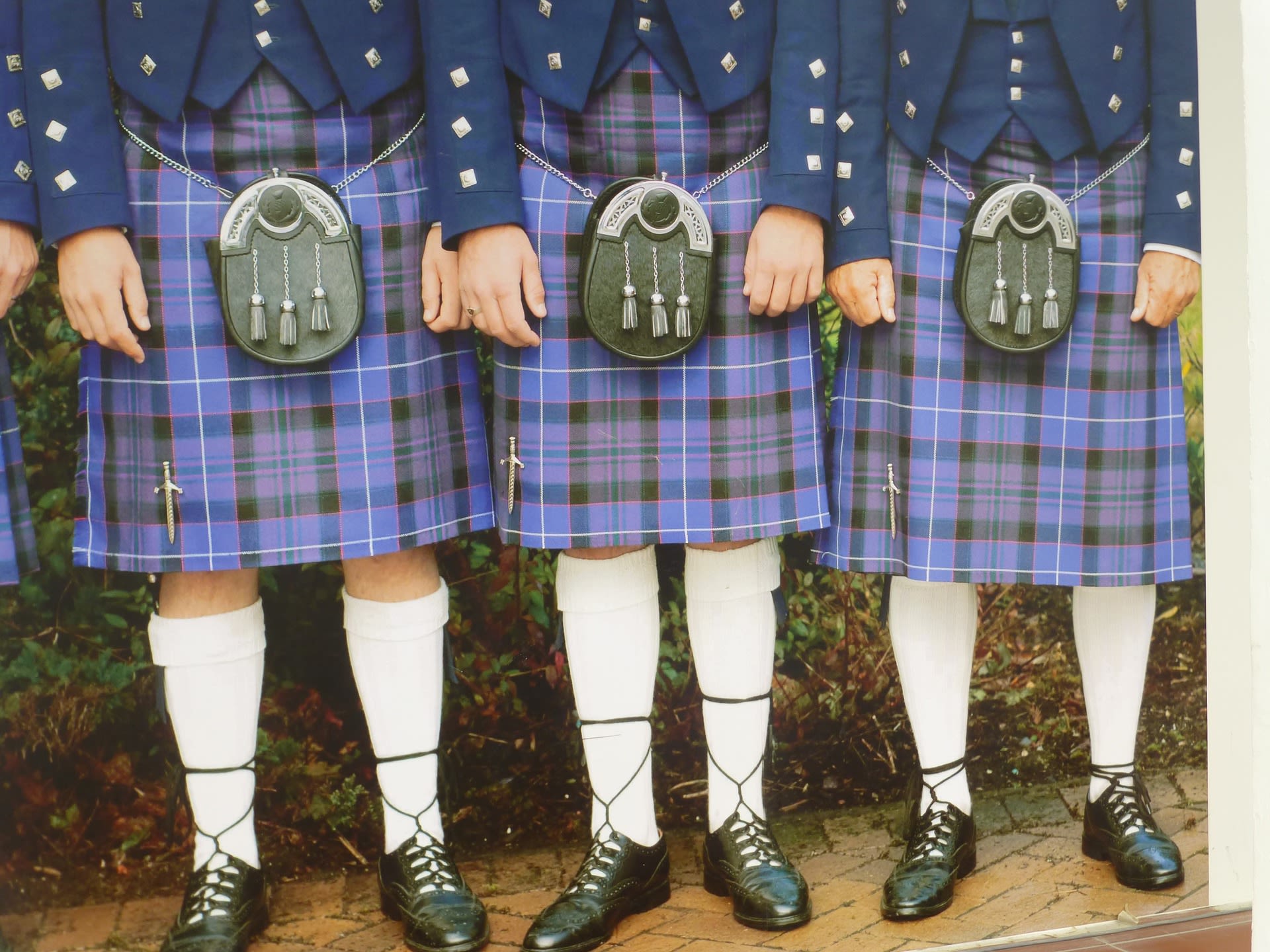
The word "kilt" is apparently of Scandinavian origin, and it means "to tuck up (the skirts)" according to the Dictionary of Scots Language. Worn at formal events, the kilt is strongly linked to the Highland Games, and to the Black Watch battalion.
The word "kilt" is apparently of Scandinavian origin, and it means "to tuck up (the skirts)" according to the Dictionary of Scots Language. Worn at formal events, the kilt is strongly linked to the Highland Games, and to the Black Watch battalion.
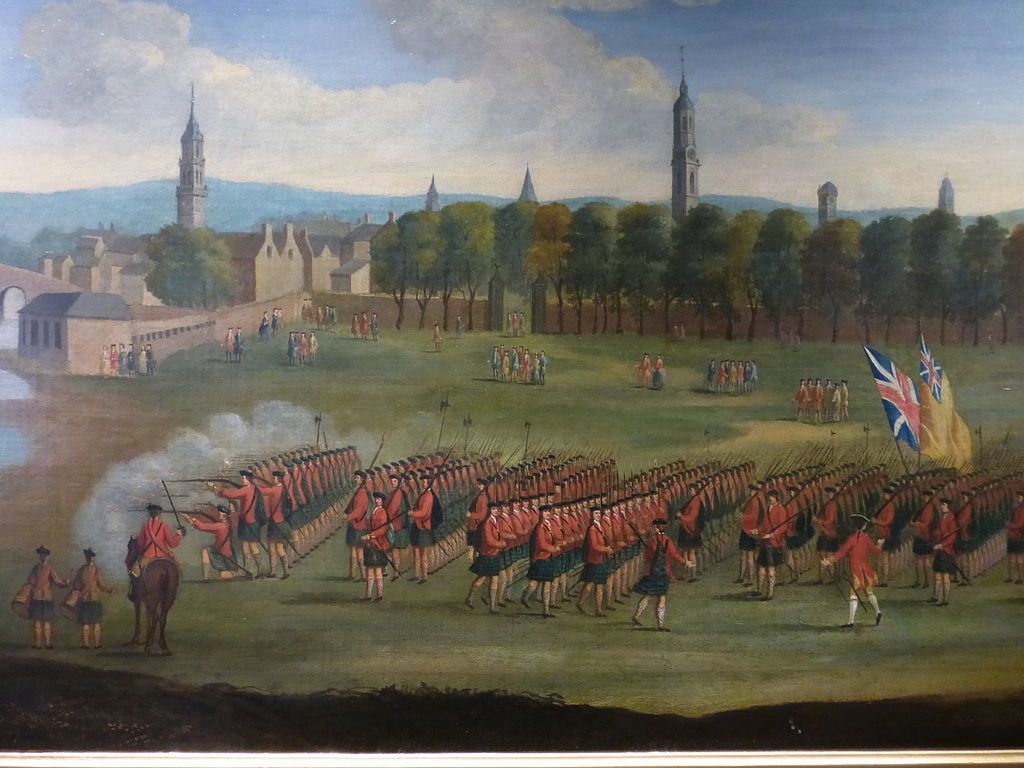
Detail from a painting showing Black Watch recruits being reviewed on Glasgow Green, c. 1758.
Detail from a painting showing Black Watch recruits being reviewed on Glasgow Green, c. 1758.
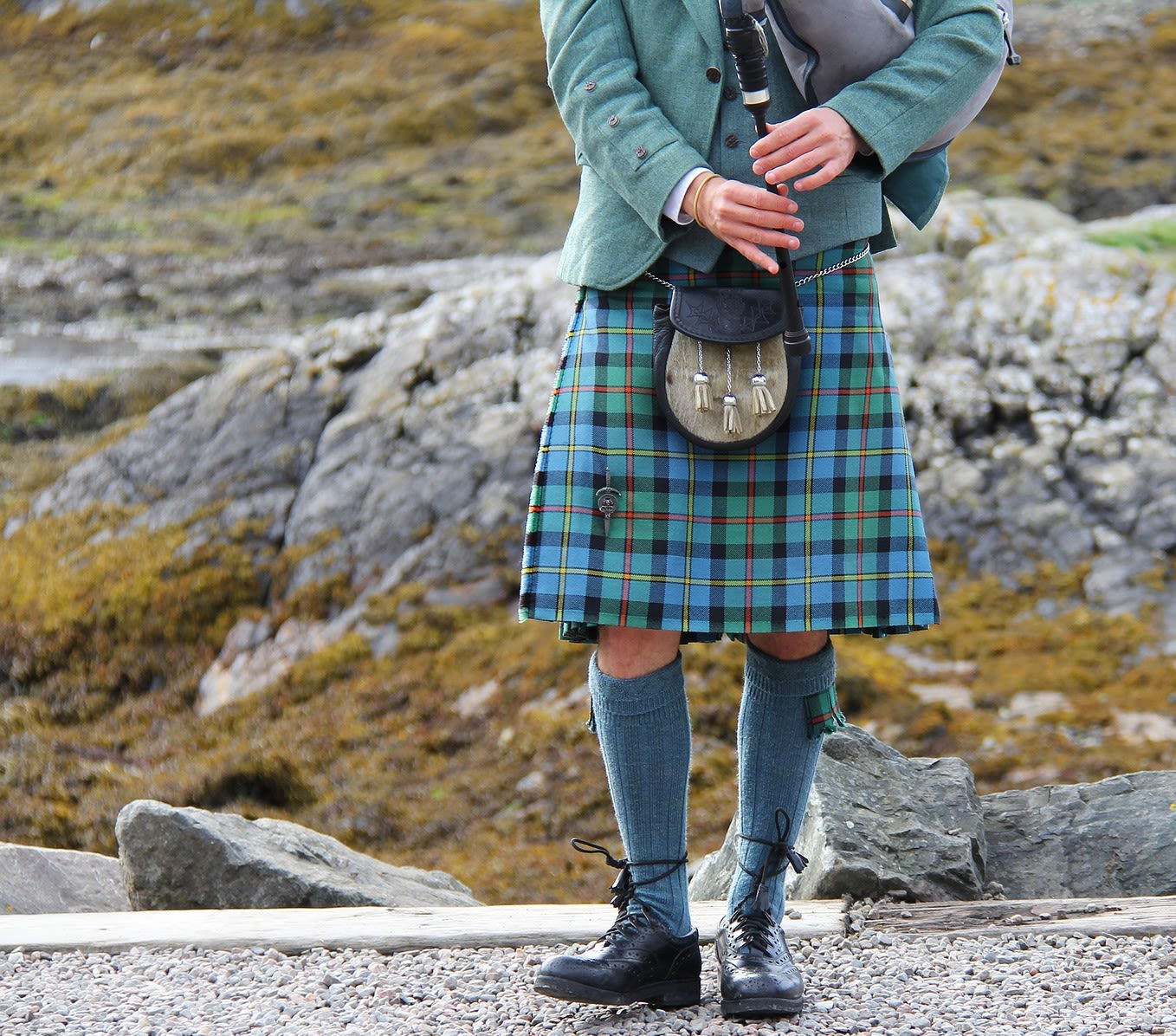
What is even more interesting about the kilt and the Highland Dress is the way they evolved. This tartan skirt started its life as the "great kilt" and it later evolved into the "small kilt" as we know it today.
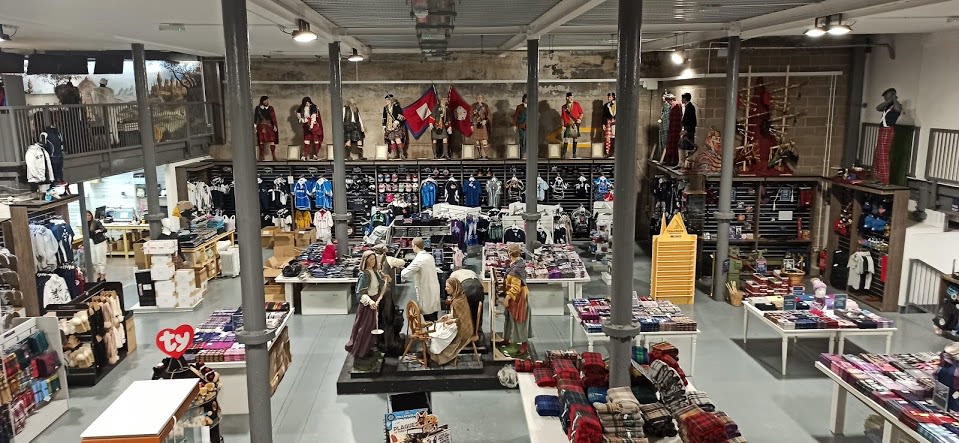
A place where you can find out everything about tartans and the Highland Dress is the Tartan Weaving Mill in Edinburgh.
A place where you can find out everything about tartans and the Highland Dress is the Tartan Weaving Mill in Edinburgh.
Simon Ogilvie from the Tartan Weaving Mill says: "The people in the highlands were wearing not so much Highland Dress but they were wearing what was called the great kilt, so basically it was just a huge piece of tartan material that was like a big blanket they would wrap around themselves.
That was like, sometimes like a tartan, sometimes like a normal material, they would wear whatever the local weaver was producing, so by that time there wasn’t such thing as a family tartan, they wouldn’t exist at all. So the family tartans came much, much later."
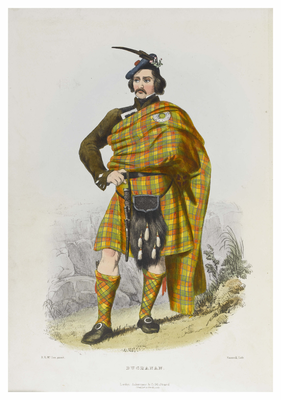
A man is seen dressed in a blanket-like belted kilt of the Buchanan tartan. He also wears a sporran, hose and carries daggers. A brooch is fastened on his left shoulder(1845). ©City of Edinburgh Council – Edinburgh Libraries. Capital Collection: www.capitalcollections.org.uk / Artist/Maker: McIan, Robert Ronald.
A man is seen dressed in a blanket-like belted kilt of the Buchanan tartan. He also wears a sporran, hose and carries daggers. A brooch is fastened on his left shoulder(1845). ©City of Edinburgh Council – Edinburgh Libraries. Capital Collection: www.capitalcollections.org.uk / Artist/Maker: McIan, Robert Ronald.
A controversial theory about who invented the modern-day kilt attributes the creation to Thomas Rawlinson, a Quaker from Lancashire. Of course, many Scots dispute the fact that the kilt was invented by an Englishman, but there are other theories related to this innovation.
Simon Ogilvie says: "Some people say, well, I think it was probably a few people who invented it, there was a story about a blacksmith who was from England, and he was employing highlanders, and they were wearing the great kilt, and it was getting caught in the machinery so he thought, “I can design something that’s more practical” so that’s one of the stories. I think there are different people who came up with the idea.
The difference is that the new one is more practical, just like properly designed and, the great kilt from before was just a big blanket, a piece of material they would wrap around themselves. "
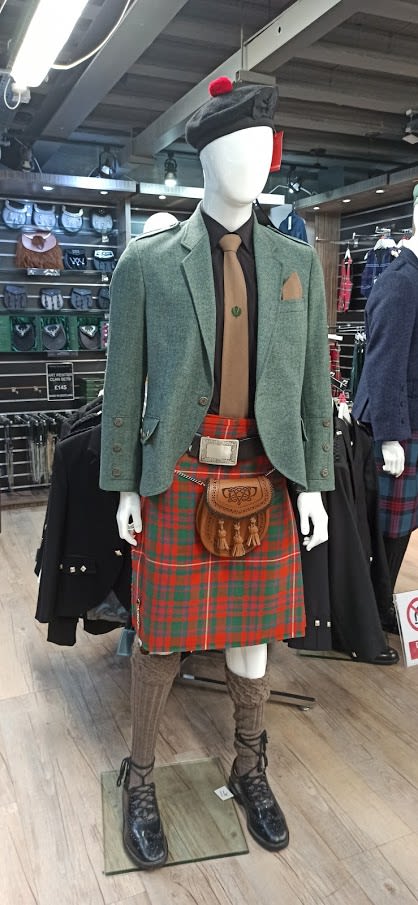
Modern-day kilt or the small kilt, from the Tartan Weaving Mill
Modern-day kilt or the small kilt, from the Tartan Weaving Mill
The Highland Dress wasn't always proudly worn, for a long time, the kilt was considered a piece of cloth for savages, being worn only in the Highlands.
Simon Ogilvie says: "The wearing of tartans was banned after the battle of Culloden, so you have the battle of Culloden in 1746, it was like a civil war in Scotland, but it was like the English forces tried to dominate the Scots.
You weren’t allowed to carry weapons, you weren’t allowed to play the bagpipes, you weren’t allowed to wear tartans so this was the dominant culture, which was English culture, trying to suppress the Scottish culture. It was about 30 years later they actually repealed it and they were allowed to start wearing tartan again."
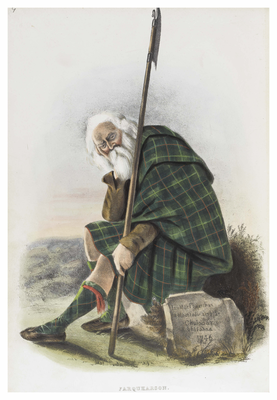
An old man dressed in a plaid of the Farquharson tartan sits forlornly beside the grave of a family member. He carries a Lochaber axe. He is reputed to be the 115-year-old Fearchar whose only remaining son was killed after the Battle of Culloden in 1746. ©City of Edinburgh Council – Edinburgh Libraries. Capital Collection: www.capitalcollections.org.uk Artist/Maker: McIan, Robert Ronald
An old man dressed in a plaid of the Farquharson tartan sits forlornly beside the grave of a family member. He carries a Lochaber axe. He is reputed to be the 115-year-old Fearchar whose only remaining son was killed after the Battle of Culloden in 1746. ©City of Edinburgh Council – Edinburgh Libraries. Capital Collection: www.capitalcollections.org.uk Artist/Maker: McIan, Robert Ronald
It was Sir Walter Scott who later popularized the wearing of tartans, that also started the modern-day tourism industry in Scotland.
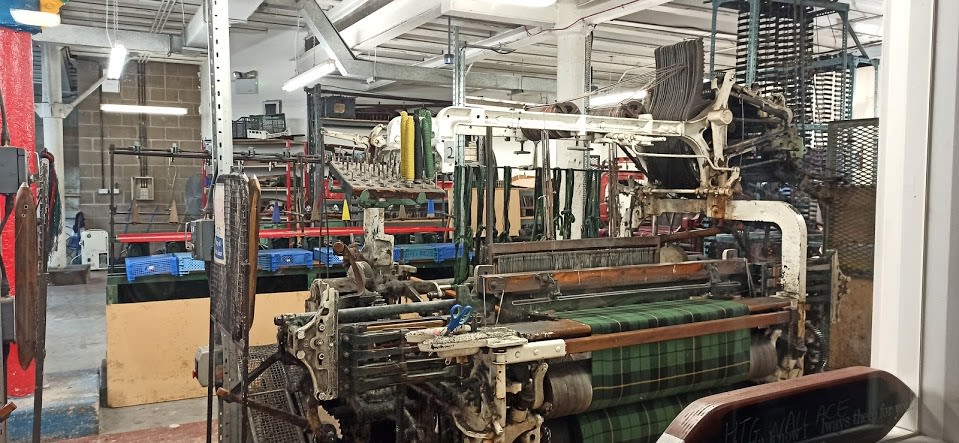
Speaking of the best place to visit when it comes to tartans and Highland wear, the experience at the mill is truly a trip back in time, from the production process to the story of how the Highland Dress has become what it is today, everything you want to know is there. Photo: Machinery at the Tartan Weaving Mill
Speaking of the best place to visit when it comes to tartans and Highland wear, the experience at the mill is truly a trip back in time, from the production process to the story of how the Highland Dress has become what it is today, everything you want to know is there. Photo: Machinery at the Tartan Weaving Mill
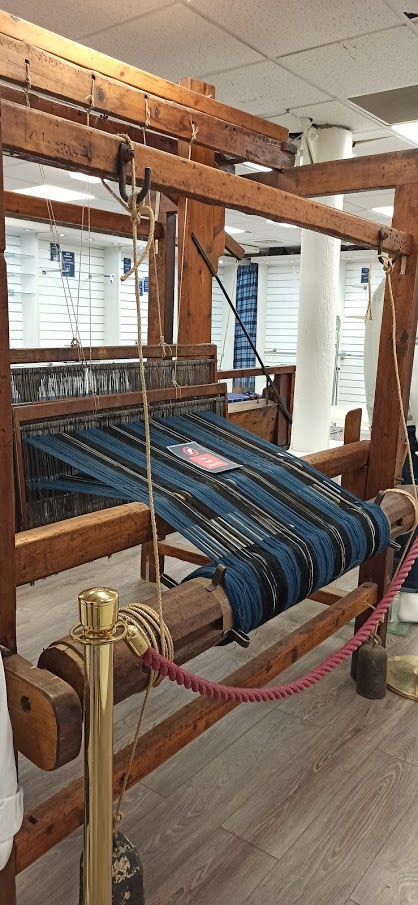
There are working looms and the visitors can even be fitted for and photographed wearing full Highland Dress. Photo: 100-year-old loom at the Tartan Weaving Mill
There are working looms and the visitors can even be fitted for and photographed wearing full Highland Dress. Photo: 100-year-old loom at the Tartan Weaving Mill
The mill exhibition shows the whole process involved in tartan production from shearing sheep to making a kilt.
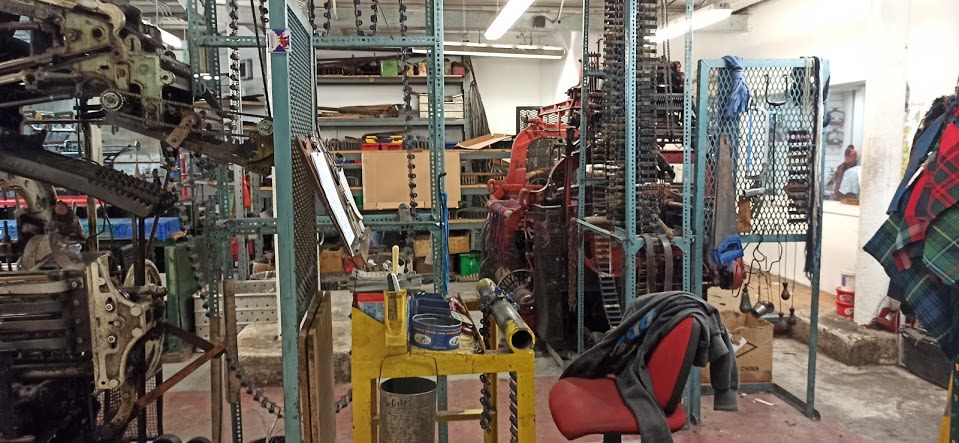
The weaving room, located in basement 3 at Tartan Weaving Mill
The weaving room, located in basement 3 at Tartan Weaving Mill
Dee Singh, Manager of the Tartan Weaving Mill says: "If you want to make a tartan, say for example you want to make a tartan on that colour, and you want to make your own design, we can design it and draw it all, and then we can fit it and we can produce it for you, so those are produced on a single width machine. We make all the kilts in here, ladies and men kilts, we have our own kilt-makers."
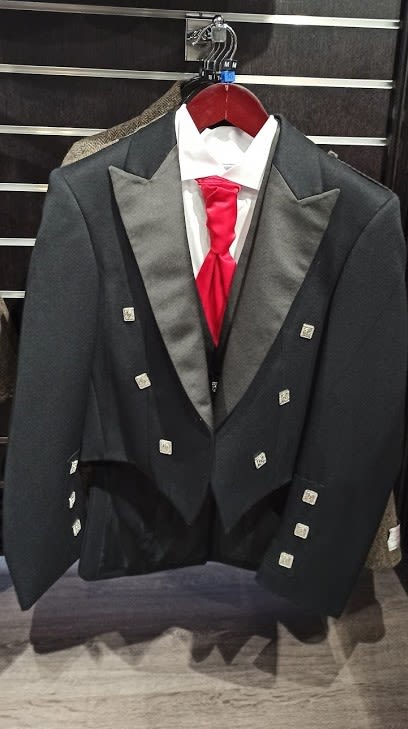
Highland wear is so versatile that it can be adapted in so many ways, according to your personal taste. Manager Dee Singh says: "For a man, we have a full-dress and a semi-dress, a fully dressed person would be wearing a jacket, one similar to a jacket that you would see a man wear, but it’s a shorter version because the kilt is worn on your belly button, it’s higher up, whereas the trousers are lower, so all our jackets are made a little bit shorter, just to go with the kilt. We have three different styles of jackets, we do what we call a Prince Charlie Jacket, which is very, very formal, it’s the one that you would wear for weddings." Photo: Prince Charlie Jacket
Highland wear is so versatile that it can be adapted in so many ways, according to your personal taste. Manager Dee Singh says: "For a man, we have a full-dress and a semi-dress, a fully dressed person would be wearing a jacket, one similar to a jacket that you would see a man wear, but it’s a shorter version because the kilt is worn on your belly button, it’s higher up, whereas the trousers are lower, so all our jackets are made a little bit shorter, just to go with the kilt. We have three different styles of jackets, we do what we call a Prince Charlie Jacket, which is very, very formal, it’s the one that you would wear for weddings." Photo: Prince Charlie Jacket
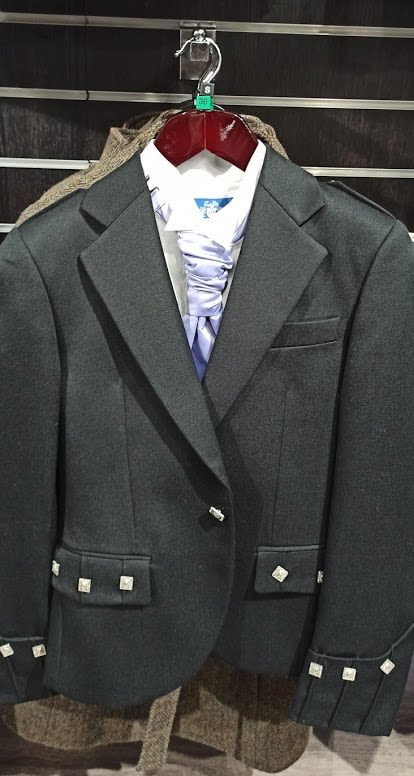
Another style of jacket is called Argyll, it is proper for the semi-dress and men can adapt it into a party kilt style.
Another style of jacket is called Argyll, it is proper for the semi-dress and men can adapt it into a party kilt style.
The full Highland Dress has a range of components, here is an interactive image with the main parts of it:
Unlike men's Highland Dress, the dress of Scottish women didn't have a kilt as the centrepiece, it had an earasaid or a plaid scarf. Earasaid was not thought to be tartan but was usually plain or striped, with a coloured border, longer and finer than a kilt.
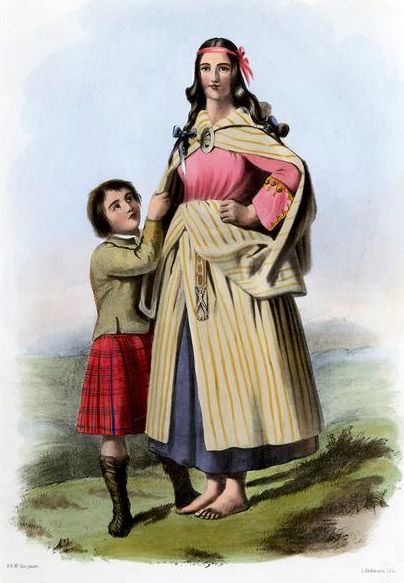
A woman wearing a lachdan earasaid, and the typical hairstyle of a married woman. A plate illustrated by R. R. McIan
A woman wearing a lachdan earasaid, and the typical hairstyle of a married woman. A plate illustrated by R. R. McIan
It was after a long time that women started adopting the kilt. Nowadays, the kilt is part of women's Highland Dress as well.
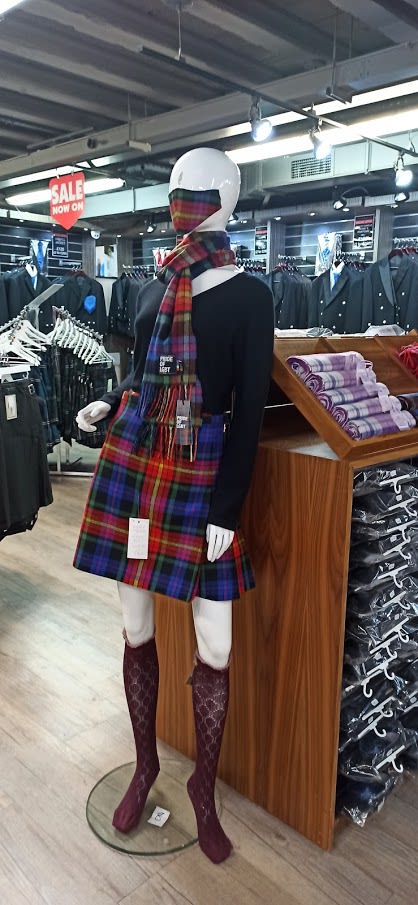
Women's kilt, a modern adaptation, from the Tartan Weaving Mill.
Women's kilt, a modern adaptation, from the Tartan Weaving Mill.
Moving on from the history of the kilt, here is an interactive image with Howie Nicholsby, Creator and Director of 21stCenturyKilts, sharing his experience of creating contemporary kilts:
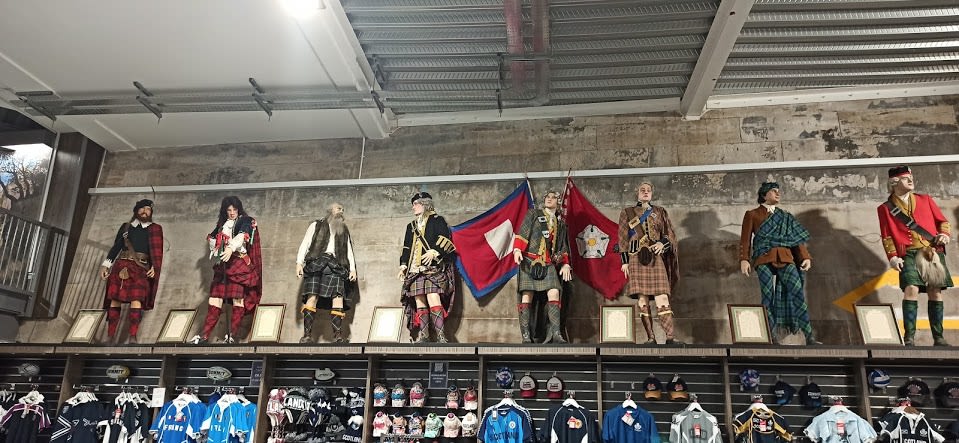
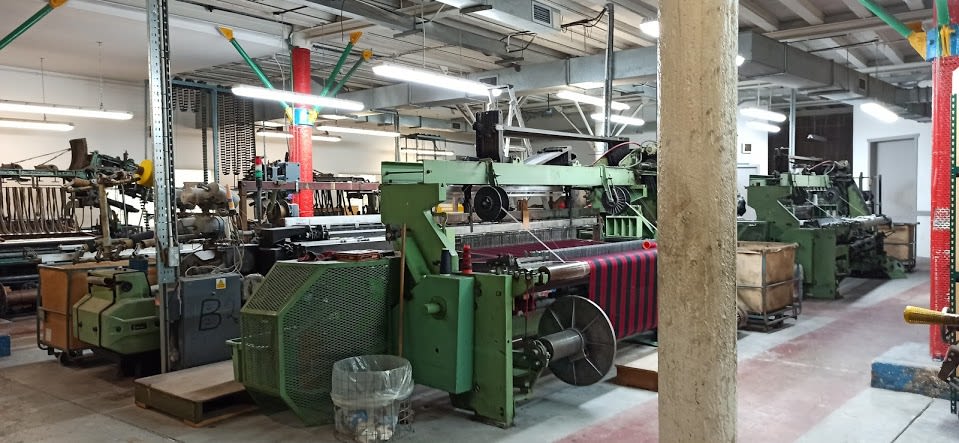
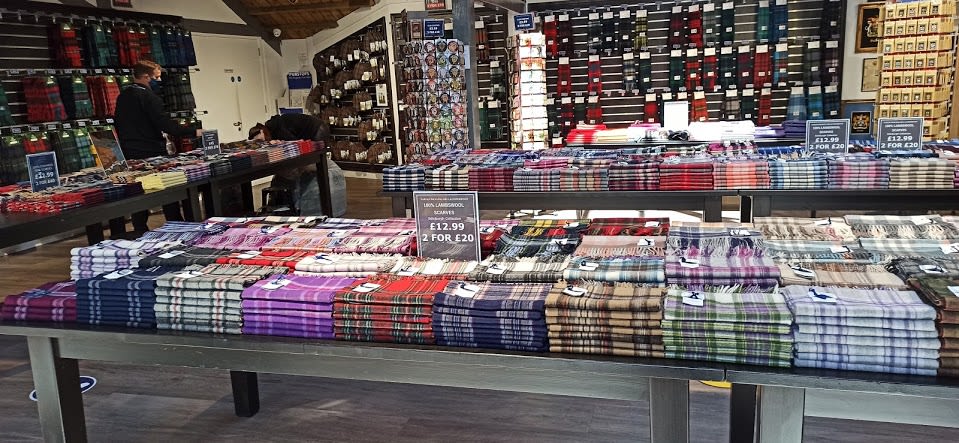
Hitomi Nomura is a Japanese kiltmaker, who travelled to the U.K. in 2015 and was fascinated with British culture, especially the history. When she went back to Japan, she started reading and found out about Scottish tartan history, then she launched Hitomi Kiltmaker.
Hitomi Nomura says: "My skirt is mostly the same style as a traditional Scottish kilt, but I adopted some Japanese taste. Why? - Because I just wanted it for myself, using Scottish tartans."
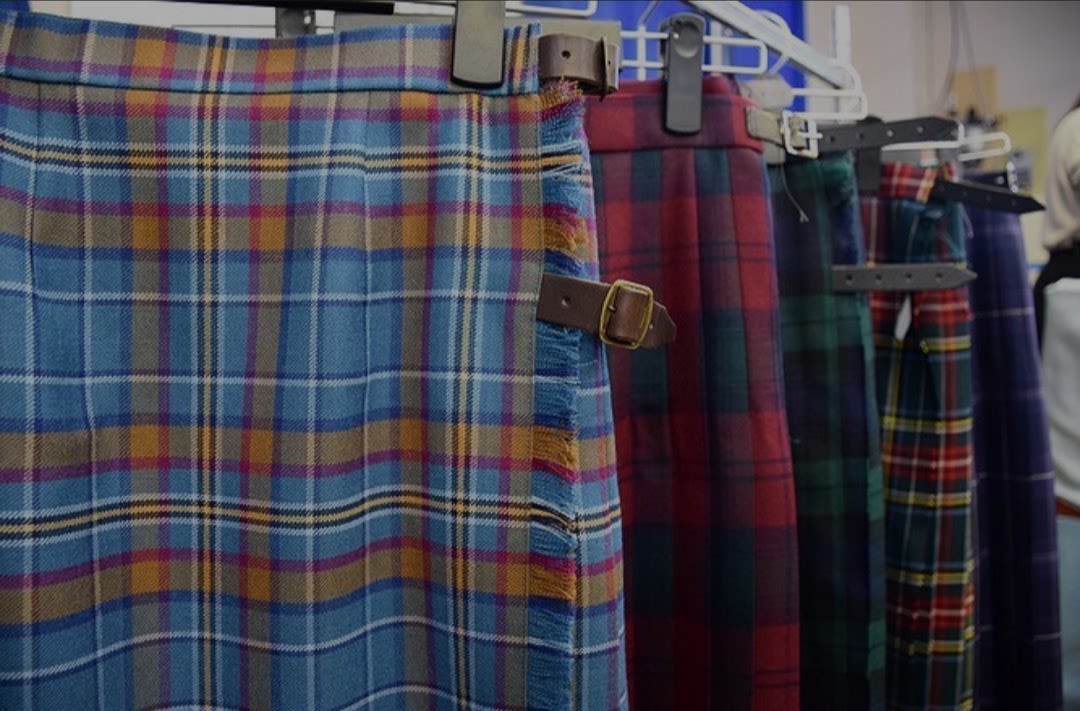
When she went back to Japan she started reading books and found out about Scottish tartan history, then she decided to start making kilts, of which she is strongly impressed. Kilts by Hitomi Kiltmaker.
When she went back to Japan she started reading books and found out about Scottish tartan history, then she decided to start making kilts, of which she is strongly impressed. Kilts by Hitomi Kiltmaker.
About contemporary kilts, Hitomi Nomura says: "The most parts are the same style as traditional kilts, but the shape of the waist parts, lengths of skirts are different from a kilt. I redesigned it for Japanese ladies."
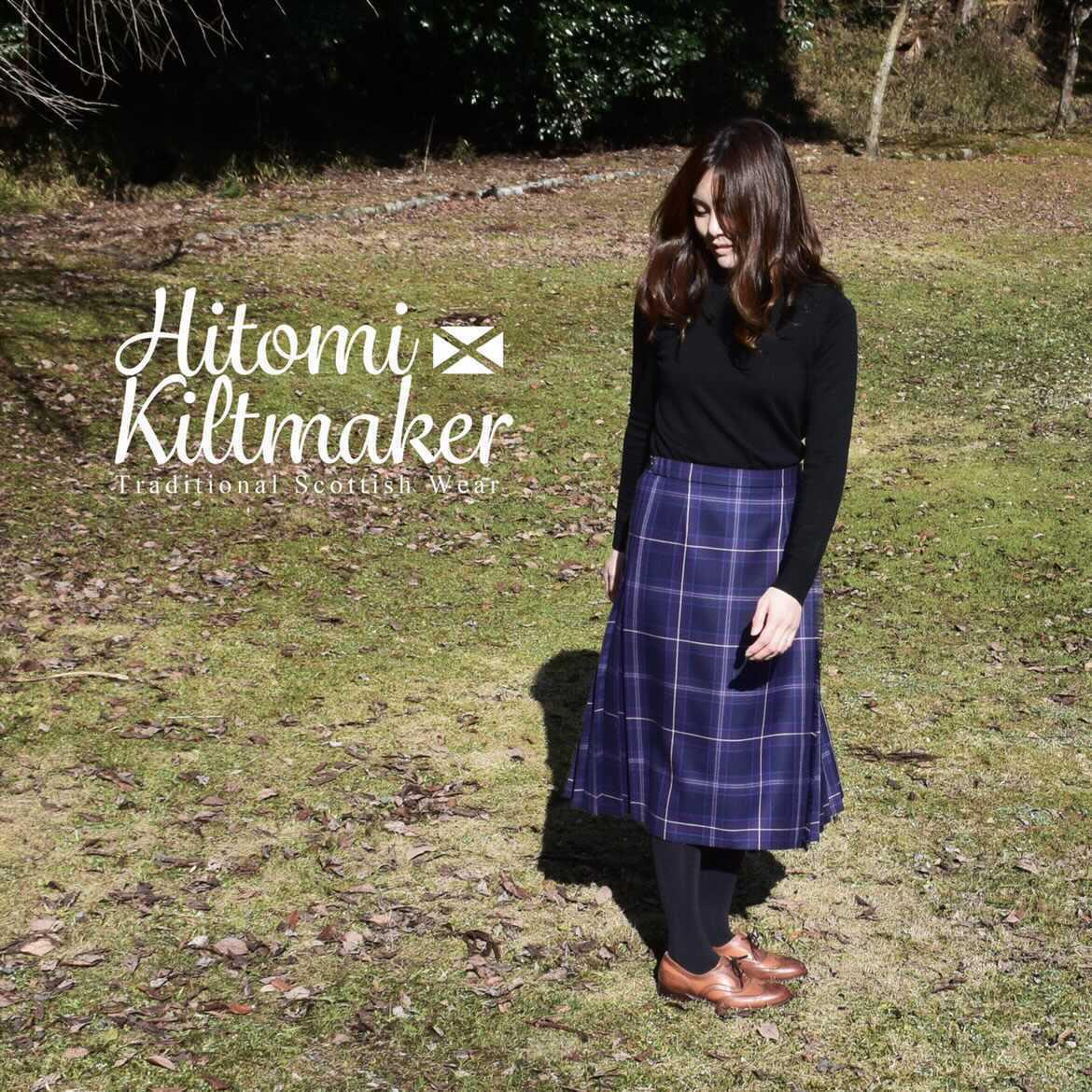
Hitomi Kiltmaker is a Japanese kiltmaker inspired by Scotland. All the fabrics she uses are from the U.K, the kilts are made in Japan.
Hitomi Kiltmaker is a Japanese kiltmaker inspired by Scotland. All the fabrics she uses are from the U.K, the kilts are made in Japan.
Hitomi Nomura also says: "I suppose that the kilt and tartan are very acceptable designs for every generation, and all the people in the world. My challenge in Japan is that more Japanese people will know about Scottish tartan and enjoy it!"
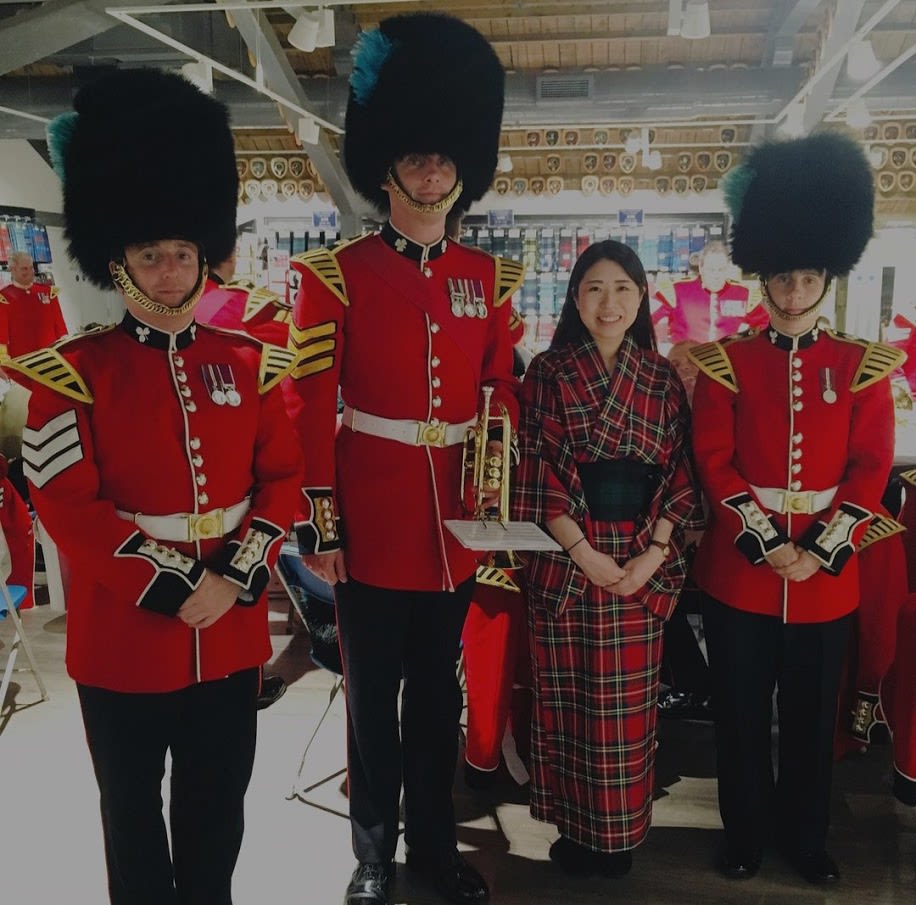
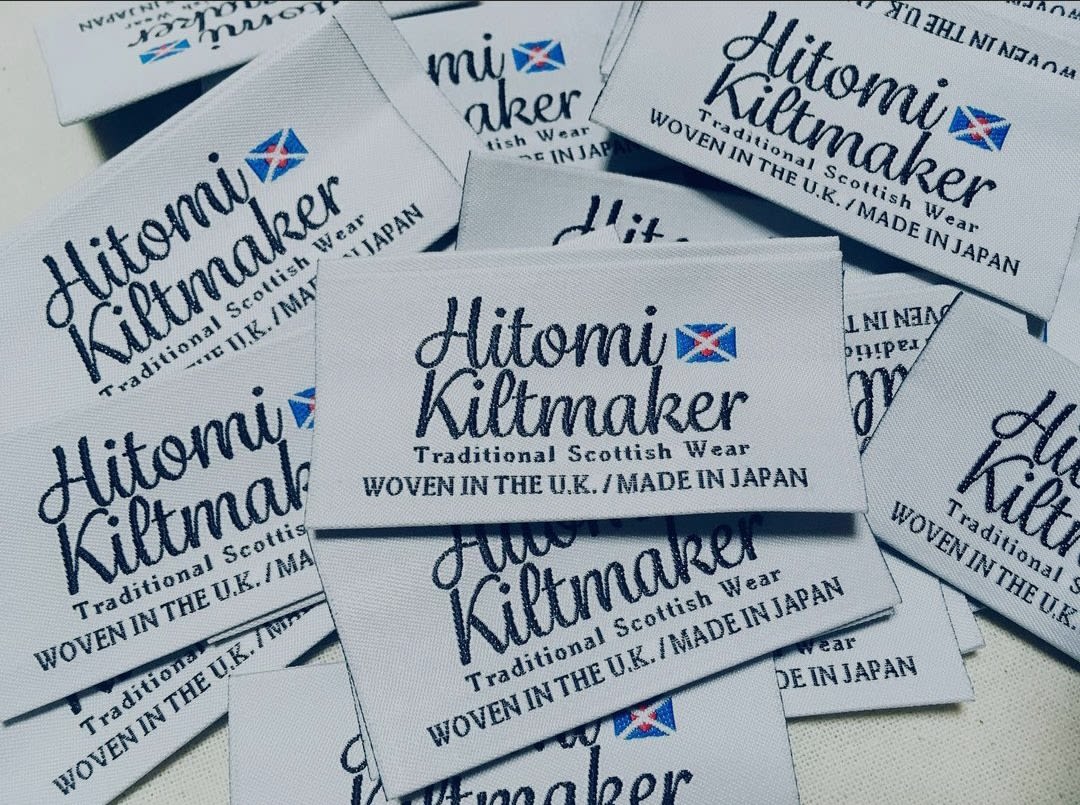
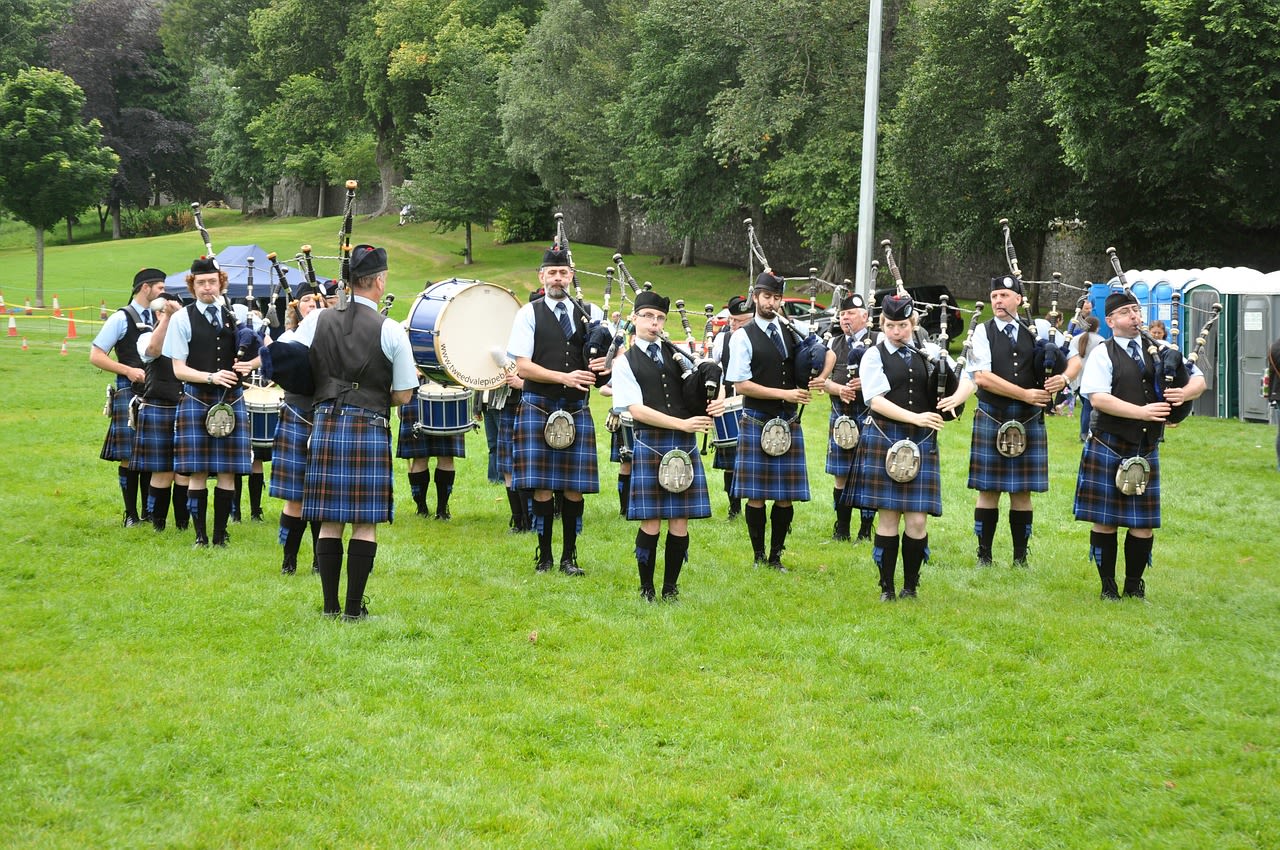
The bagpipe is the most famous Scottish instrument, used at parades by the Scottish Army and by many Scots to honour their tradition.
The bagpipe is the most famous Scottish instrument, used at parades by the Scottish Army and by many Scots to honour their tradition.
David (‘Blue’) MacMurchie is a 3rd generation piper who at the age of 19 left Australia, the place where he was born, to serve as a piper in the Royal Scots Dragoon Guards.
David explains that when Europeans went on Crusades in the Middle East, people there already had bagpipes, so when armies came back to Europe, people tried to copy the instrument and adapt it to their country's type of music.
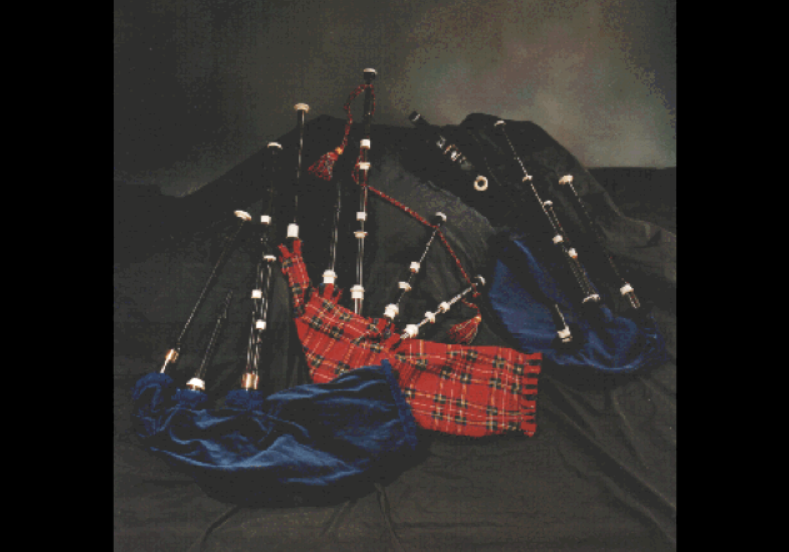
David MacMurchie started his own business under the name “Scotsound Australia” making bags, reeds, chamber and small pipes before returning to Scotland in 1990 to set up his business which expanded to become ‘MacMurchie Bagpipe Makers of Edinburgh’ in 1993.
David MacMurchie started his own business under the name “Scotsound Australia” making bags, reeds, chamber and small pipes before returning to Scotland in 1990 to set up his business which expanded to become ‘MacMurchie Bagpipe Makers of Edinburgh’ in 1993.
David MacMurchie says: "The great Highland bagpipe is the bagpipe that most people see, which you can see that the Scottish Army band is playing them, and you can see on the Edinburgh Tattoo, that's the great Highland bagpipe, so it's very, very loud."
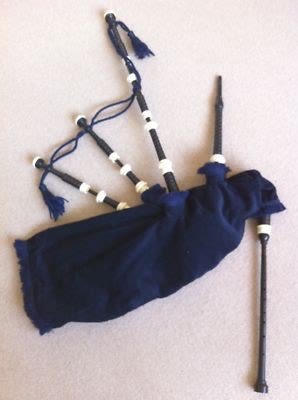
David MacMurchie says: "The small pipes are very small, little, tiny pipes, and they don't have much volume at all, so you can be playing it in your bedroom and the person in the next room can't hear you." Scottish Smallpipe - Mouth-blown. The SP3 is plain turned African Blackwood with imitation Ivory mounts Two drone (Bass & Tenor) and available in the Key of A, B Flat, or D Choice of Velvet cover.
David MacMurchie says: "The small pipes are very small, little, tiny pipes, and they don't have much volume at all, so you can be playing it in your bedroom and the person in the next room can't hear you." Scottish Smallpipe - Mouth-blown. The SP3 is plain turned African Blackwood with imitation Ivory mounts Two drone (Bass & Tenor) and available in the Key of A, B Flat, or D Choice of Velvet cover.
David says: "We make them from scratch, we restore old ones, old sets, we repair them, we get other sets that somebody might want to upgrade, and have silver put on them, we do a full range of things."
David explains more about the bagpipes in this interview:
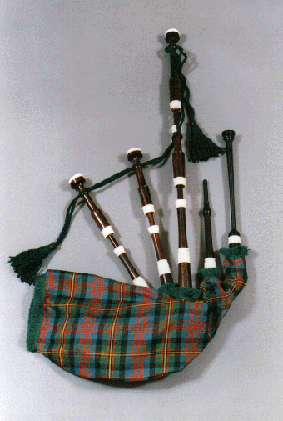
David MacMurchie's business of bagpipe making is the only one to have made bagpipes on three continents being Australia, America, and Europe.
David MacMurchie's business of bagpipe making is the only one to have made bagpipes on three continents being Australia, America, and Europe.
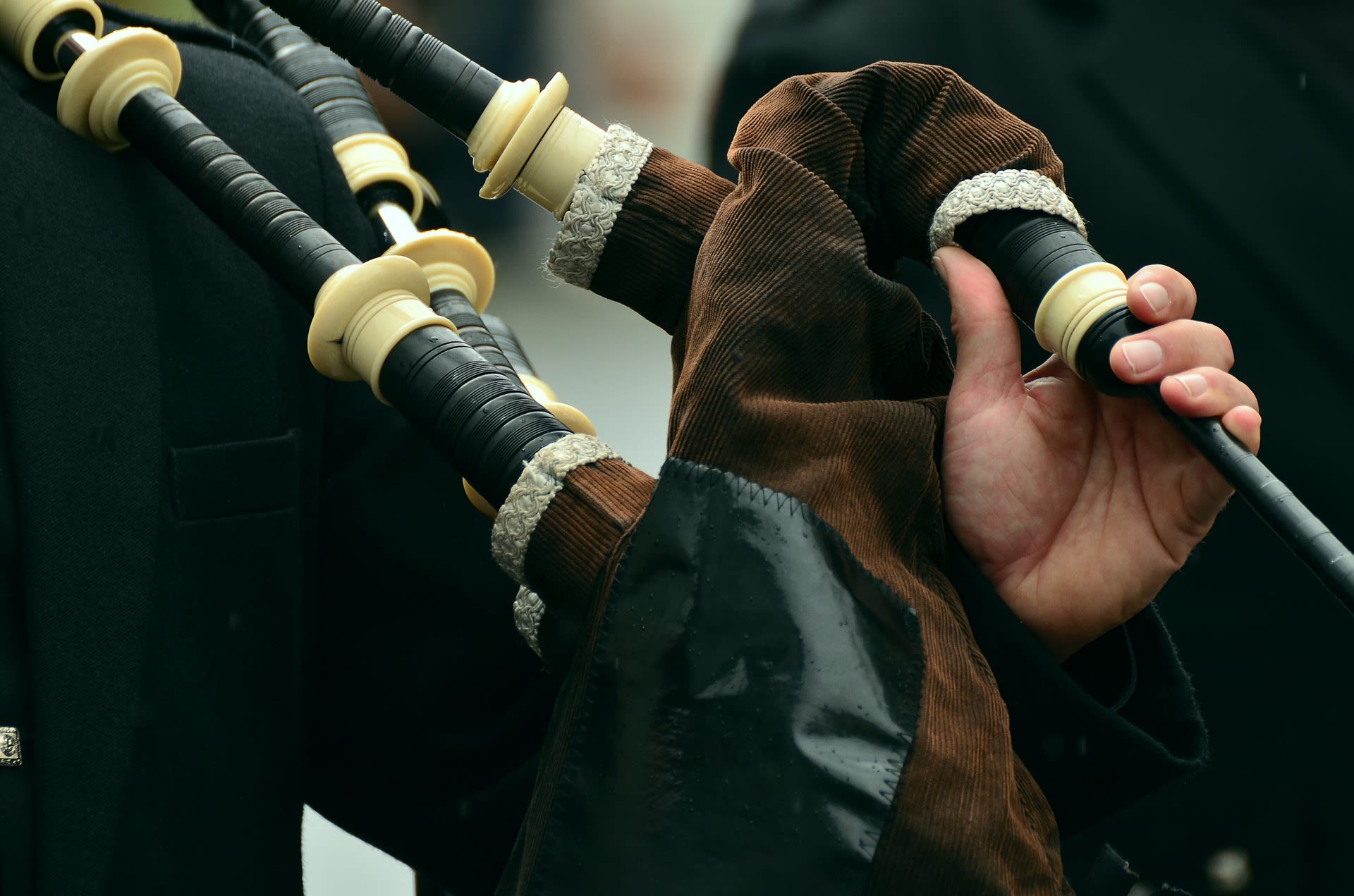
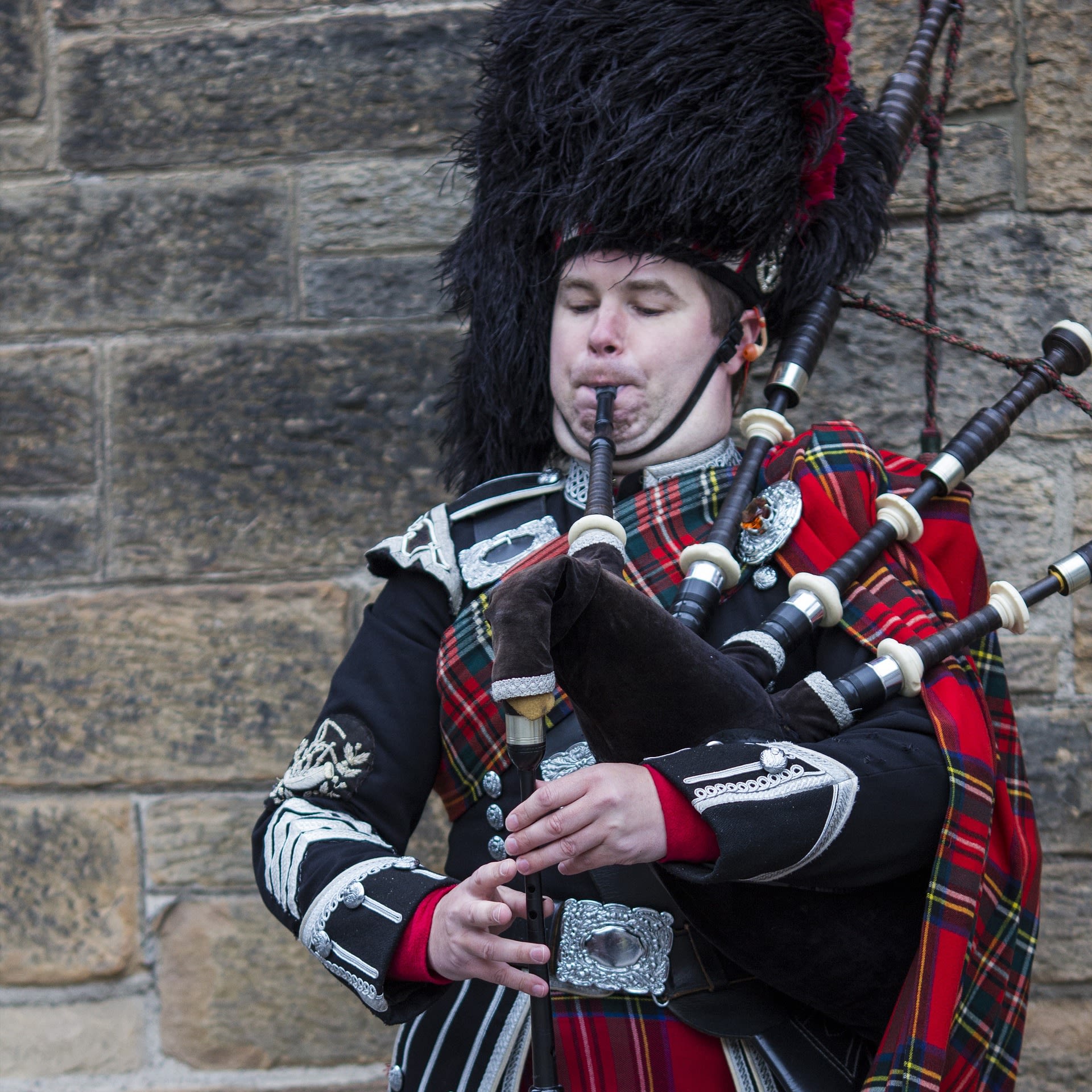
The clan tartan came as a symbol of the family when King George IV came to Scotland wearing a kilt. The clan's supporters would also wear the clan's tartan. Here is an interactive image with some of the most famous Scottish clan tartans:
Now you've found out the story of the Highland Dress and the bagpipes, but if you want to fully enjoy the experience of those traditions, travel to Scotland and visit some (or all) of the places I've presented here.
